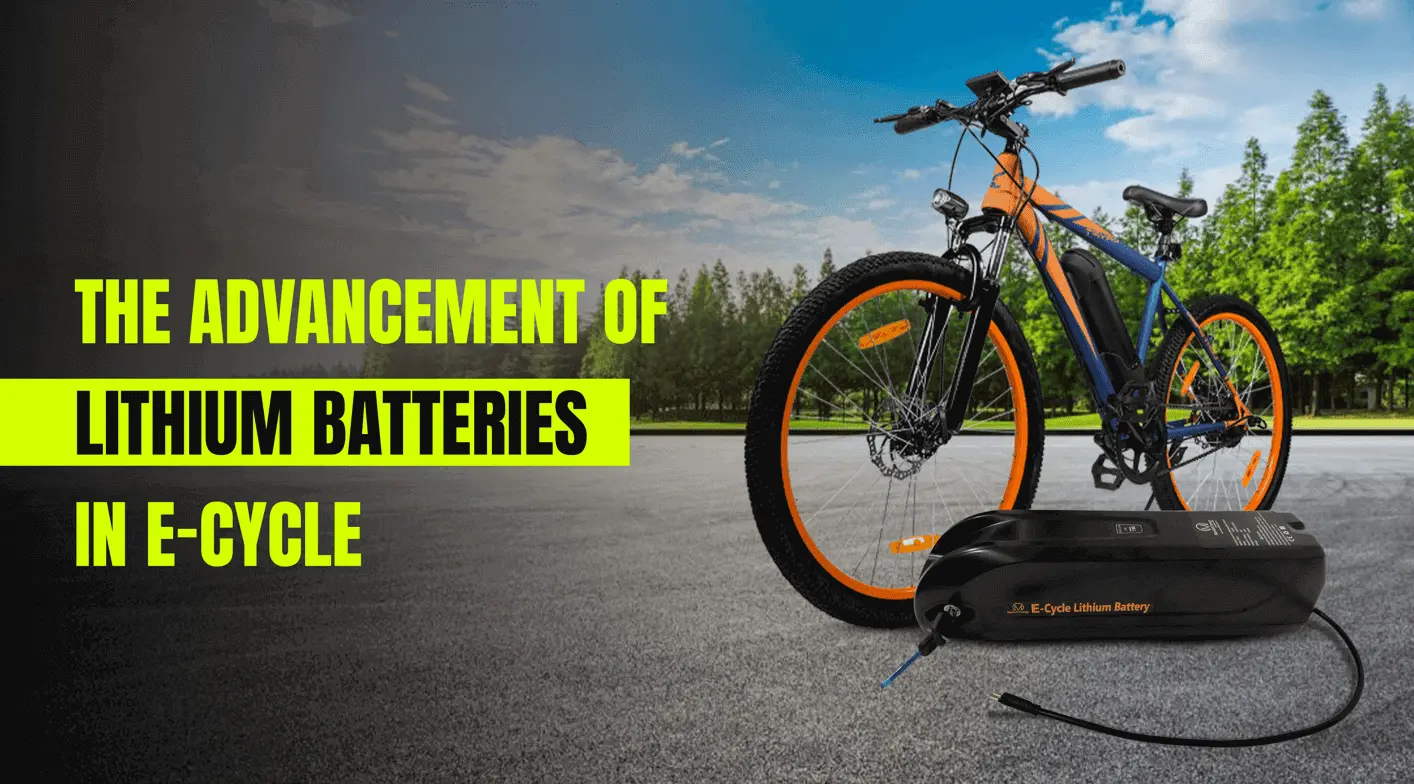
The Advancement of Lithium Batteries in E-Cycle
An E-cycle battery is one of its most important and expensive components. Cycles have different battery life, work for extra periods, weigh different amounts, and so on. In general, the battery is the component to which you should pay the most attention when purchasing an E-cycle.
Bicycles that are powered by a motor and battery are known as E-cycles. You know that your initial setup will consist of standard cycle parts like pedals, gears, shifters, a chain drive, and a frame. However, you'll need a battery if you wish to customize your cycle using power.
The efficiency of a battery and the distance it can travel on a single charge are intimately related. Even when the size and weight are the same, different batteries might perform differently depending on the type and construction. Capacity, voltage, size, weight, charging time, and battery life are all properties of all batteries.
A lithium battery, which offers the best mix of weight and capacity, is the most popular and ideal type of battery for an E-cycle today. The fundamental advantage of lithium-ion batteries is that they have the highest specific energy of any existing type. The "memory" effect does not exist in lithium-ion batteries.
An electric cycle will run about 40 miles on average if the user helps pedal, or only 20 miles if they don't. If you add an "extended range" battery, you could get 60 and 30 miles, respectively.
Older electric cycles used lead-acid batteries, the same batteries used to start automobiles. They are relatively inexpensive, but they are hefty and slow to recharge. More recent e-cycles use lighter lithium batteries, require less maintenance, and have longer lifespans.
The batteries of e-cycles can be charged quickly and easily. If you want to ride for longer periods, you may charge the battery while it's still connected to the bike or take it off and charge it separately. You only need to connect it to a wall socket to get started.
The intelligent battery management system checks the energy levels of the power cell to avoid overcharging or undercharging. Thus, once the battery has finished charging, you can leave it plugged in overnight without worrying. It's preferable not to leave the bike plugged in for the entire period if you have no intention of riding it for a few weeks.
You now understand how the battery in an electric bike operates. So, if you still need help or have any questions, feel free to contact us.



